Director: Masaharu Take
Writer: Shin Adachi
Cast: Sakura Ando, Hirofumi Arai, Miyoko Inagawa, Saori Koide, Shohei Uno, Tadashi Sakata, Yozaburo Ito, Osamu Shigematu, Toshie Negishi, Ruka Wakabayashi
Running Time: 113 min.
By Martin Sandison
As well as being a beautiful and cultural place, my home city of Edinburgh, Scotland has one of the longest-running film festivals in the world, this year being the 69th. This time the festival has been one of the best in my memory, with a varied line up and many nations represented. The festival has always had a substantial Asian cinema representation, and this year was no different. Previous entrants have included Oldboy, Motorway, Life Without Principle and Hero.
100 Yen Love looked to be a good one to watch, and I wasn’t disappointed. Star Sakura Ando appeared in one of my favourite Japanese movies Sion Sono’s Love Exposure at the tender age of 22, and her performance is one of the most memorable things about that film. From then on she appeared in numerous television series and films, notable ones including Takashi Miike’s For Love’s Sake (his over the top musical based on a Manga), and Nao Kubota’s Homeland, the first commercial Japanese film set in Fukushima since the nuclear crisis. One of three films Ando made in 2014, 100 Yen Love represents her as an actress at the top of her game. The movie is a great vehicle for her talents, and manages to shine in many other aspects. Director Masaharu Take balances these aspects with a great eye and ability as a story teller.
At the beginning of the film Ando’s character is an early 30’s slacker who is living with her family in Tokyo. She has so many arguments with them that she decides to move out, and finds an apartment and a job in a shop. Every day she walks past a boxing gym, and eventually strikes up a relationship with one of the boxers, Yuuji. In the end she decides to take up boxing herself, and the film ends with her first professional fight. Not a boxing film per se, the movie is really a character study with boxing as a means of redemption for Ichiko. Along the way there are comedic touches, disturbing moments and intensely choreographed boxing scenes.
After watching Love Exposure, Ando’s wonderful portrayal of a girl who is at first manipulative and twisted, but some how ends up lovable was a joy to behold. 100 Yen Love manages to see her handle an even more complex character with similar aplomb, navigating the twists and turns of the plot. I was discussing the film with a guy who did the post-film Q & A with Ando and Take, and he thought every character in the film, even Ichiko, had very few redeeming features. I would disagree, as Ando creates a picture of Ichiko as a misunderstood and pure hearted girl who never stops fighting.
The film is littered with memorable scenes; Ichiko trying to eat the toughest steak ever cooked while crying, numerous scenes between Ichiko and a homeless woman who she gives discarded food, Ichiko beating the crap out of her A-hole boss after she’s had some boxing training, and of course the riveting boxing scenes. Ichiko’s transformation from slacker to boxer is fist-pumping stuff, and as the narrative is so coherent everything fits in to place.
Director Take really comes in to his own with this film, which is a complete change of pace from his previous one Unsung Hero, a great effort in the Chambara genre. That film had a pretty high budget and a traditional style, whereas 100 Yen Love is low budget and modern Japanese style. Take proves in the action department he is a versatile director, as Unsung Hero includes large scale battles, whilst 100 Yen Love’s final fight is up close and personal. Apparently the fight was shot over a 16-hour period, and the action was pre-choreographed. A problem with a lot of the films we love is that the narrative is just a means to include as much action as possible, sacrificing character development; in 100 Yen Love there is so much investment in the protagonist that by the end that fight pay-off creates a strong emotion in the viewer. This is assisted by close-in angles, fluid editing and crunching sound effects, so you can really feel the heat of the battle. The use of slow motion during a crucial part of the fight also had me in raptures, as Ichiko finally uses her killer left hand.
The obvious touchstone for 100 Yen Love is the classic boxing biopic Raging Bull, however the approach to character and narrative is very different when comparing both. The latter is a picture of a violent, volatile man who progresses in the ring but destroys his life out of it. 100 Yen Love portrays Ichiko as a girl who by the end wants to better herself, and boxing gives her this outlet. In the end the movie does follow a classic underdog story, but leaves enough room for originality and quirkiness so that it transcends this archetype.
A problem that is apparent from the earlier parts of the film is that most of the main characters apart from Ichiko are pretty nasty pieces of work, and it is difficult to find positives in their depiction. Yuuji himself treats Ichiko like dirt, and uses her for his own ends. Ichiko’s sleazy co-worker is perhaps the worst out of the lot, a real first class idiot.
However these are but minor faults in a movie that has heart, emotion, style and great acting. I can’t wait to see where star Ando and director Take go next.
Martin Sandison’s Rating: 8/10

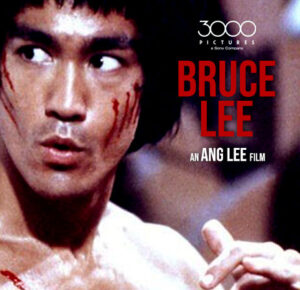




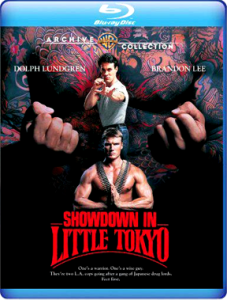


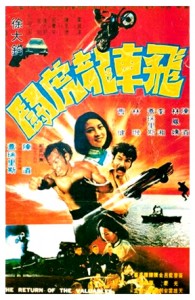





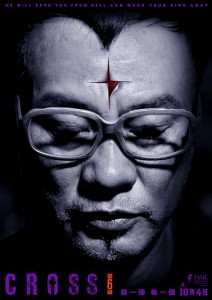

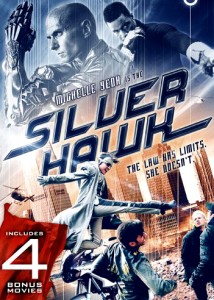
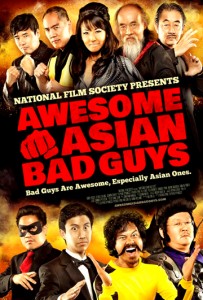



2 Comments